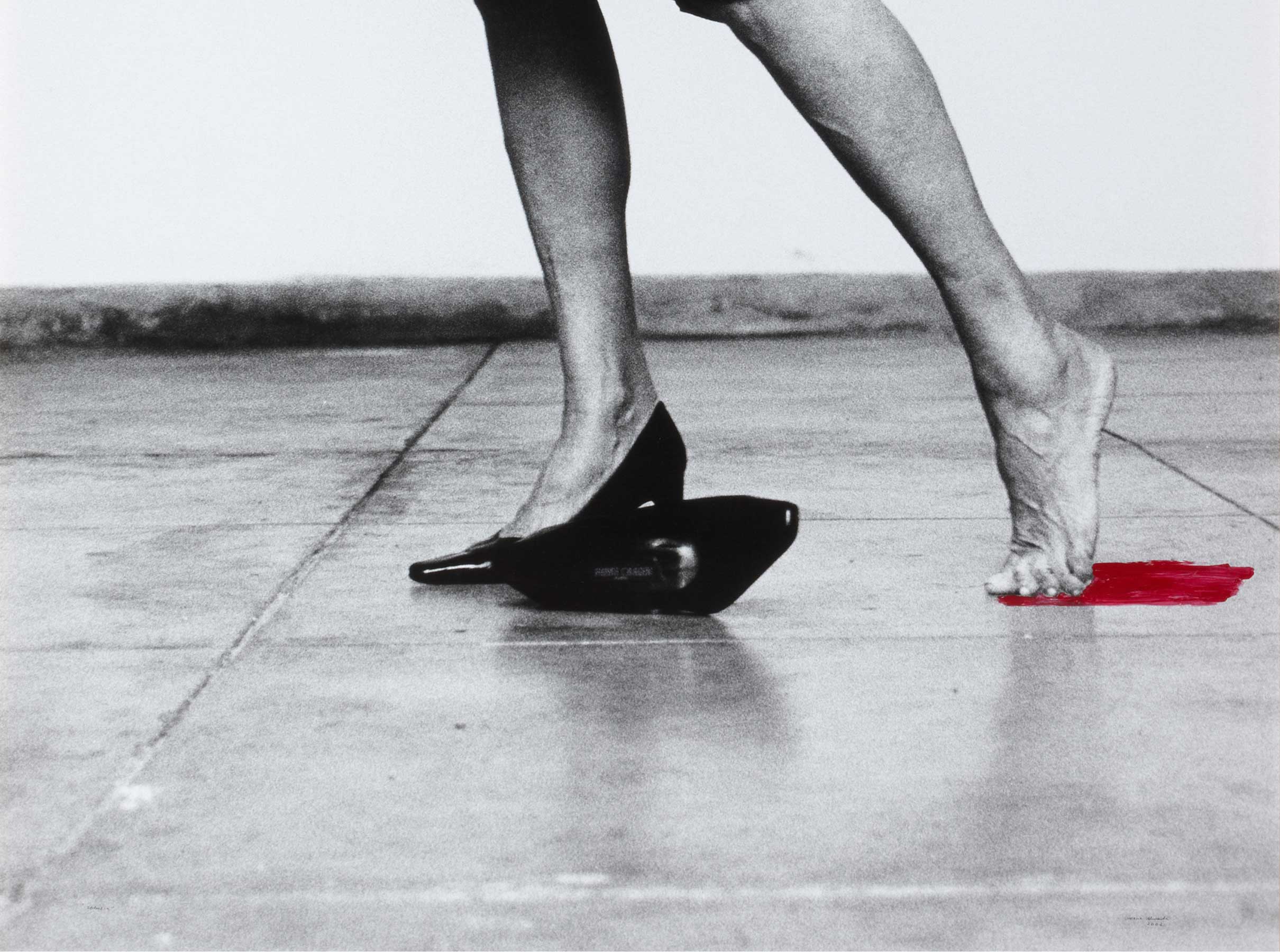La energía del viento [The Power of the Wind]
- 1990
- Oil on canvas
- 200,5 x 248 cm
- Cat. P_466
- Acquired in 1991
By:
Isabel Tejeda
The Power of the Wind (1990), like Hercules on the Rock, is linked to Tarifa, where the painter was born. Sometimes, as in this large painting, Tarifa is wind: windmills that whirl driven by the strong airflow in the Strait of Gibraltar. Pérez Villalta draws on the literature that links the city with the classical myths, the ancient texts on its mythological origin, for other works.
«Spanische Kunst – Aktualität und Tradition»
(Berlin, 1991).
«Guillermo Pérez Villalta. Work on Paper. 1976-1991»
(Úbeda, 1992).
«Architecture and the Sea»
(Cadiz, 1995).
«Guillermo Pérez Villalta»
(Burgos, 1995).
Vv.Aa.
Guillermo Pérez Villalta, La arquitectura y el mar, Burgos, Caja de Burgos, 1996. Vv.Aa.
Colección Banco de España. Catálogo razonado, Madrid, Banco de España, 2019, vol. 3.
Other works by Guillermo Pérez Villalta

![La energía del viento [The Power of the Wind]](/f/webca/INF/assets/img/fff.png)